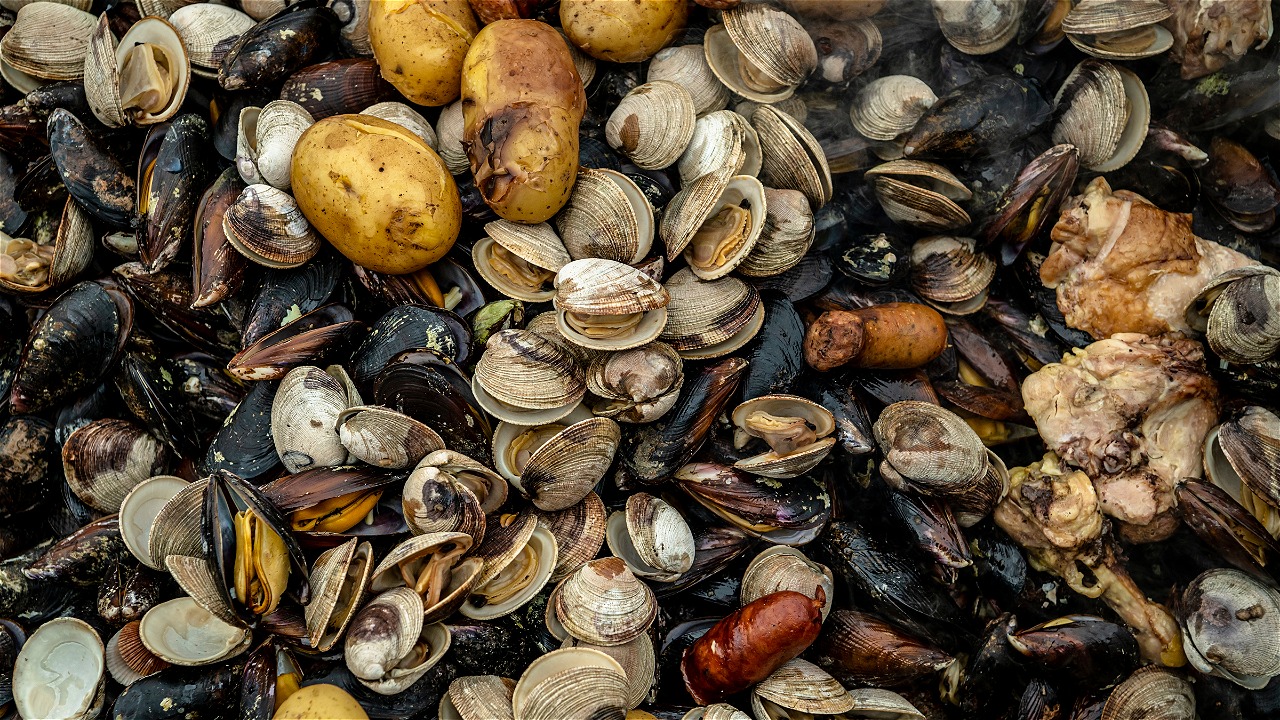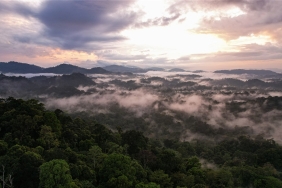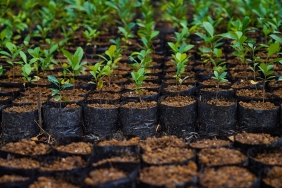CONSUME LOCAL FOOD: ACTION TO REDUCE CARBON FOOTPRINT AND BUILD SOLIDARITY
By: Natalia T. Agnika and Ciptanti Putri
All human activities are suspected to produce a carbon footprint, a collection of exhaust emissions that trigger global warming. From processing food, using vehicles and transportation, using electrical appliances, to agricultural activities, all contribute to carbon footprints. It is impossible to stop these activities altogether. However, behavioral changes that are oriented towards a green lifestyle are believed to be able to minimize their adverse effects on the environment.
Now, let's take a look at the food we've been eating. How much of it is imported? How big is its carbon footprint? Do we realize that our consumption of imported food products is often just part of our lifestyle? Did we know that there are a variety of local foods around us that are not only delicious and nutritious, but also have a low carbon footprint and are a source of livelihood for the local people who cultivate them?
Local food clearly has a low carbon footprint because it has a shorter distribution route, and some local products do not use pesticides or other chemical fertilizers because they are grown traditionally and organically. One example is Adan Krayan Rice, a local high-yielding rice variety developed in Krayan, North Kalimantan. This rice is known for its small grains and smooth texture as well as good flavor. The Slow Food Foundation has listed the black variety of Adan Krayan Rice as one of the wealth of locally cultivated food sources that need to be preserved, the "Ark of Taste".
Choosing to consume local food also has an impact on improving the welfare of the people who cultivate it. Through the "Green and Fair" initiative, WWF-Indonesia partners with local communities in the promotion and distribution of products so that they receive not only fair economic benefits (cutting out harmful distribution channels), but also a variety of knowledge and assistance on good and environmentally friendly farming methods.
Information about various types of local food and food ingredients can be known to the public through an activity "Festival Panen Raya Nusantara" which will be held on June 6-7, 2015. Various food products and local cultural products from all over the archipelago will take part in the festival with the theme "Towards Sustainable Fair Community Economy". Some of them are products assisted by WWF-Indonesia in the "Green and Fair" program, including mountain salt and Adan Rice from the highlands of Krayan, North Kalimantan, Wamena honey, Papua, and forest honey from Mount Mutis, East Nusa Tenggara, as well as processed fish products from Central Kalimantan.
Choosing the food products we consume daily is closely related to the issue of increasing carbon footprint. So, now is the time to stop underestimating local food products. Besides helping to improve the welfare of farmers and local food cultivators in general, choosing local products is equivalent to real action to reduce the rate of global warming.
Other examples of green lifestyle that you can apply in your daily life as our real action to save the earth can be learned easily and fun through the "Green Lifestyle WWF" sticker series. Upload them immediately on the Blackberry Messenger Shop.
Editor's note:
There are two kinds of carbon footprints: primary carbon footprints and secondary carbon footprints. The primary carbon footprint is a measure of direct CO2 emissions, such as the burning of fossil fuels for transportation and domestic energy consumption. While the secondary carbon footprint is a measure of indirect emissions, starting from the product manufacturing process, distribution, to its decomposition.
Agricultural products also produce a carbon footprint. The carbon footprint is not only CO2 but also N2O (can come from fertilization activities) and CH4 (can come from rice fields and wood weathering). You can imagine how high the carbon footprint of imported food products is considering the processes it goes through; from land cultivation with chemical fertilizers and pesticides, storage processes that require refrigeration, packaging, as well as the distribution of transporting products from the country of origin to other countries.





